| Tension in the back is all too common! A high percentage of my clients are coming to see me because of it. Many people who also see me for pelvic issues such as urinary leakage, pelvic organ prolapse, pelvic pain or healing abdominal separation postpartum say that they have a history of back pain that comes and goes, or experiences persistent chronic back pain. Understanding some of the contributing factors to excessive tension in the muscles of the back can be key to decreasing or eliminating pain, and improving function.
|
Breathing Patterns
Postural Patterns
- Feldenkrais Lessons: Posture for Life
- Alexander Technique: 5 tips for standing posture
- Katy Bowman of Nutritious Movement: Lower your risk of injury with proper alignment
Movement Patterns
| | |
Stress Patterns
- Understand and tend to the nervous system: Predictive Processing -Why expectation matters for movement and pain, Befriending your nervous system (50% off right now!), Learn to repair your nervous system.
- Mindfulness and Stress Reduction: Online programs with Tara Brach, Mindfulness Based Stress Reduction
- Lifestyle Habits: Be True- Discover your core values and live your life on purpose (if you go to SoulSalt's IG page you can find the Black Friday/Cyber Monday code for 50% off), Hire a Wellness Coach

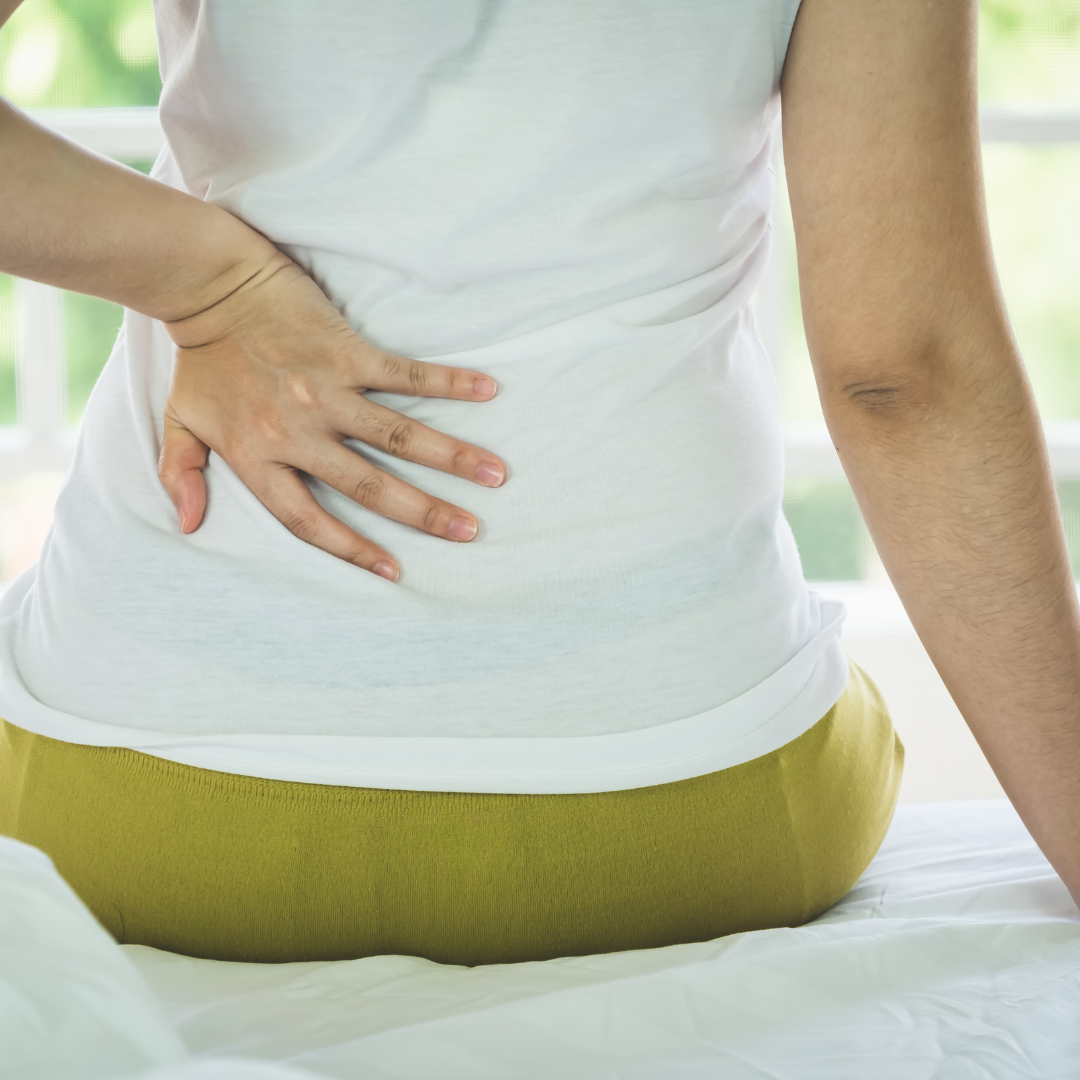
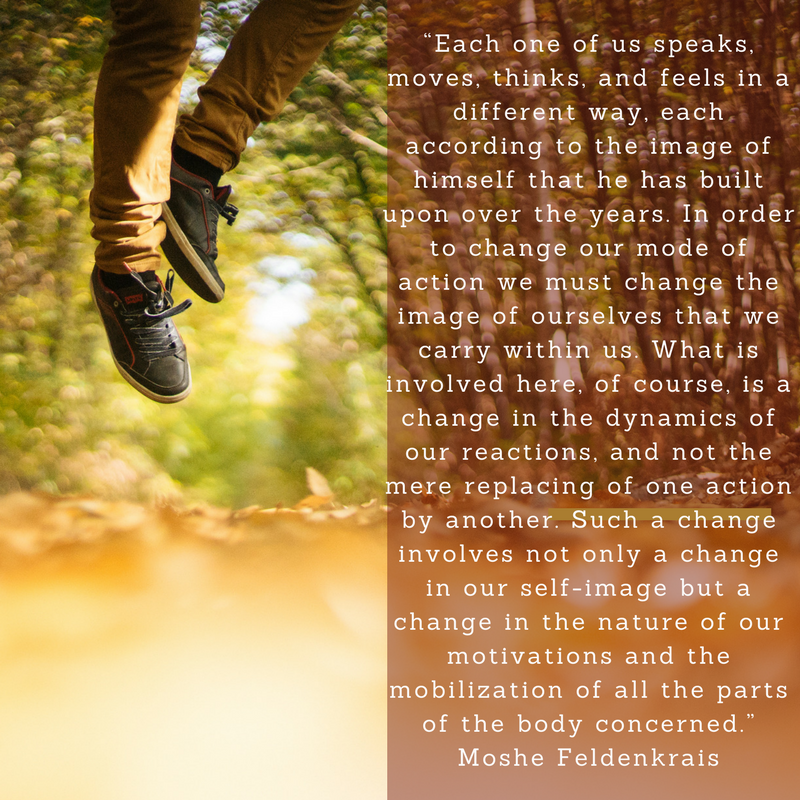



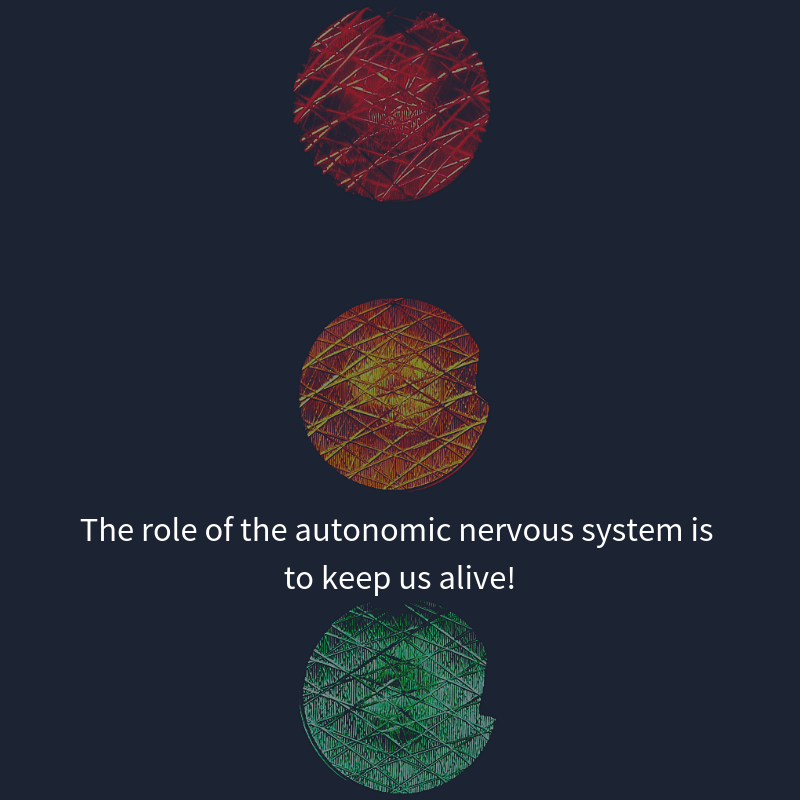
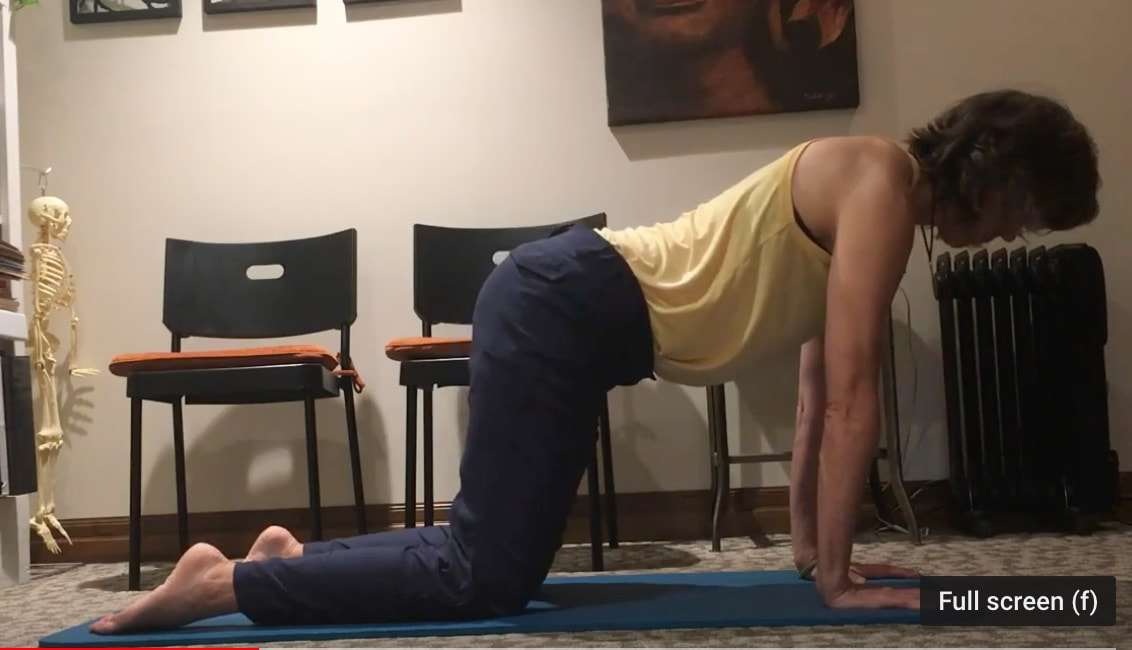

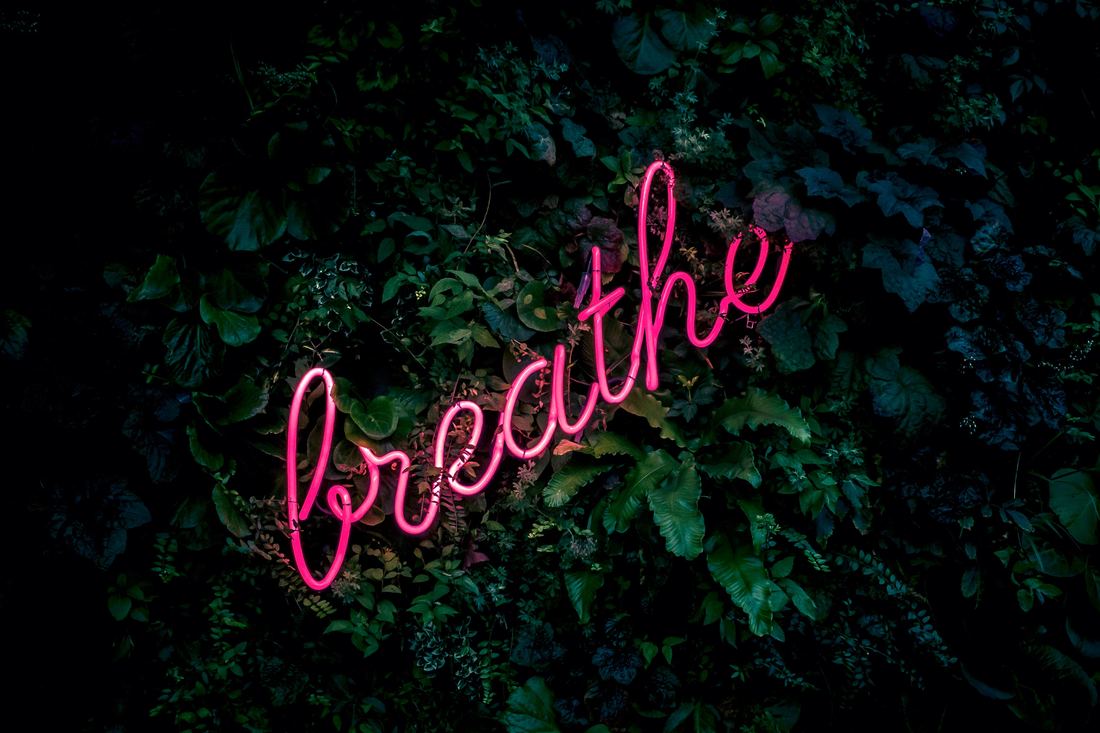

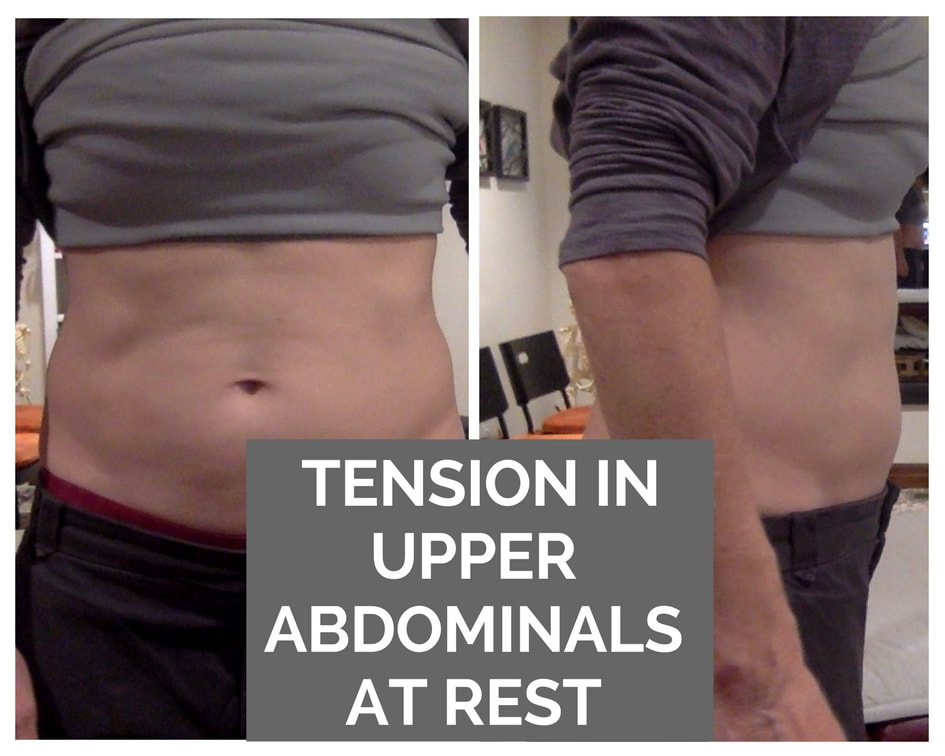
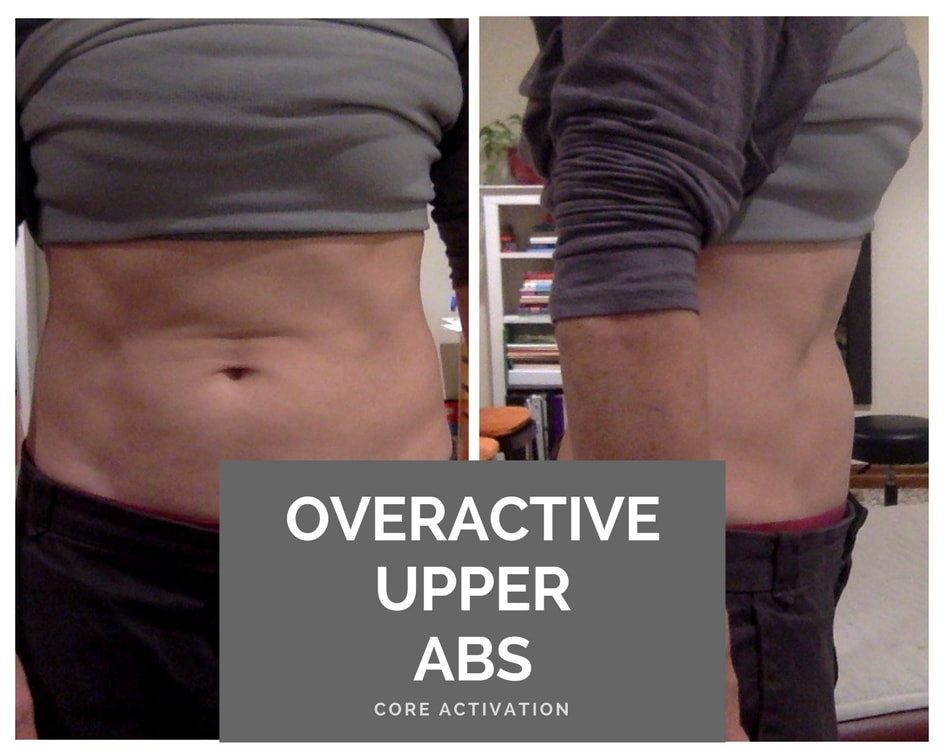
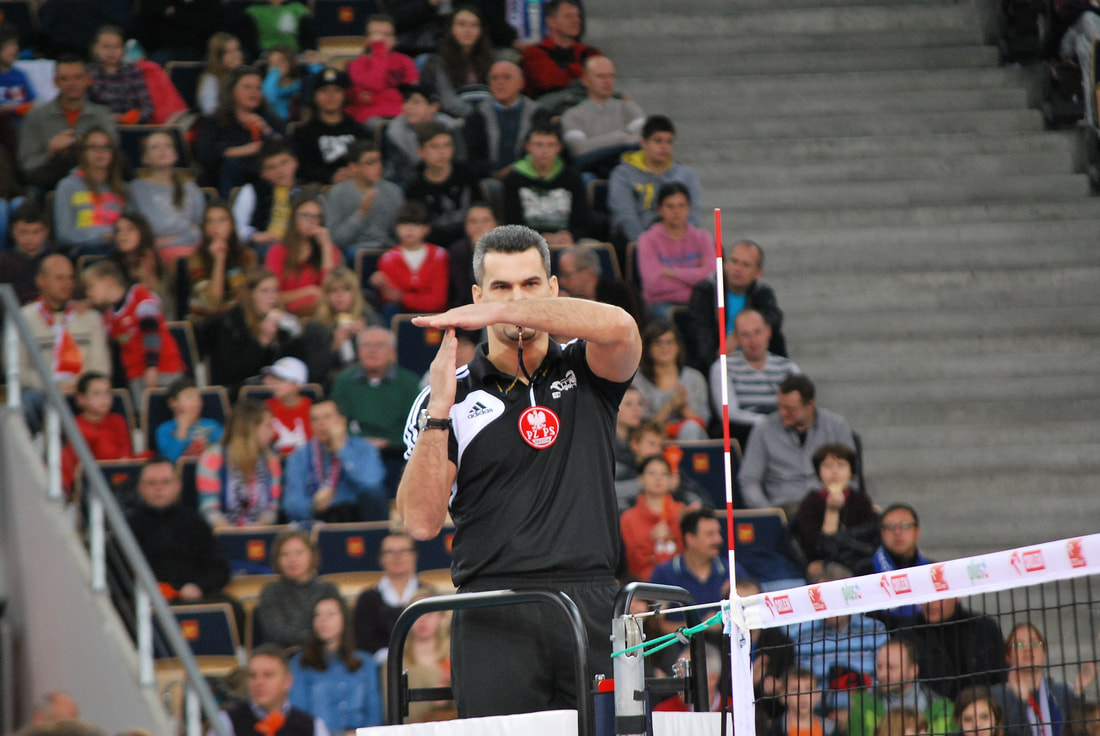


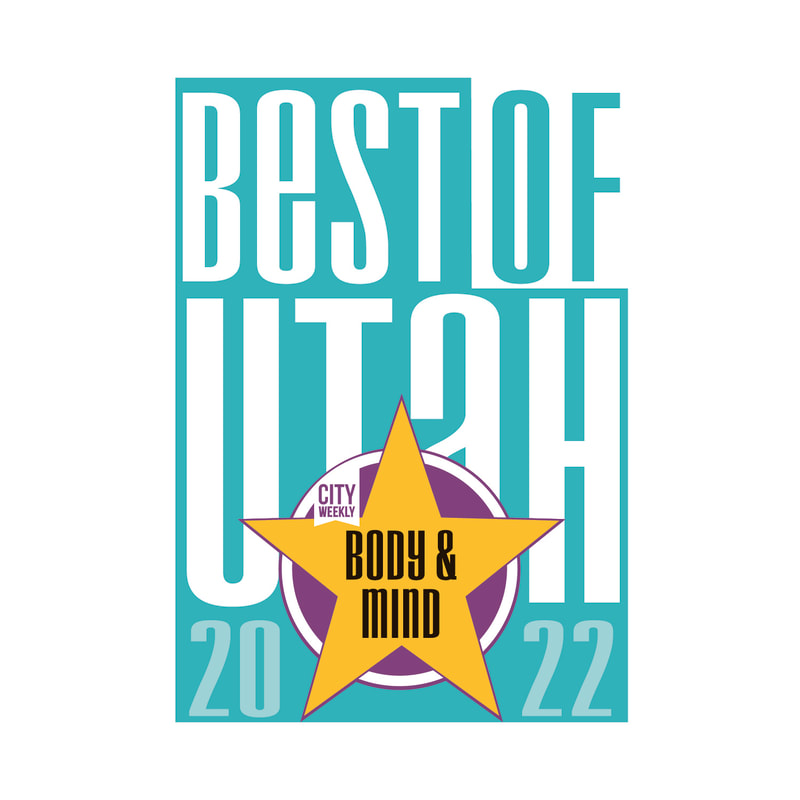



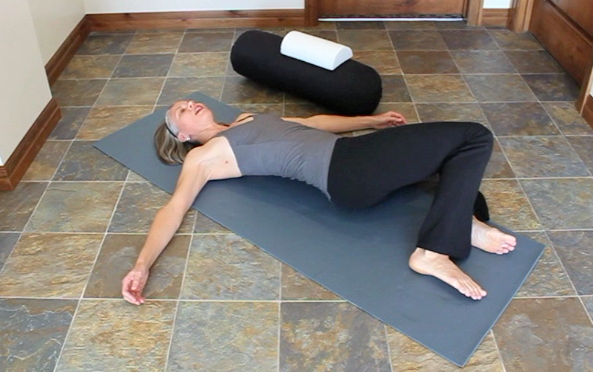
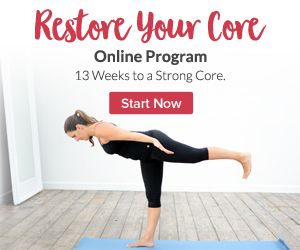
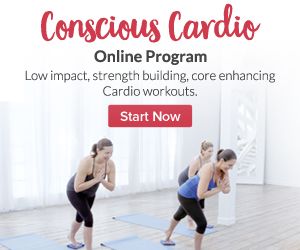
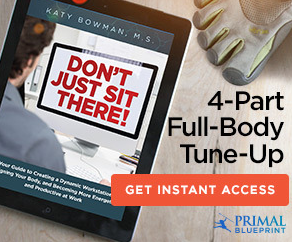
 RSS Feed
RSS Feed